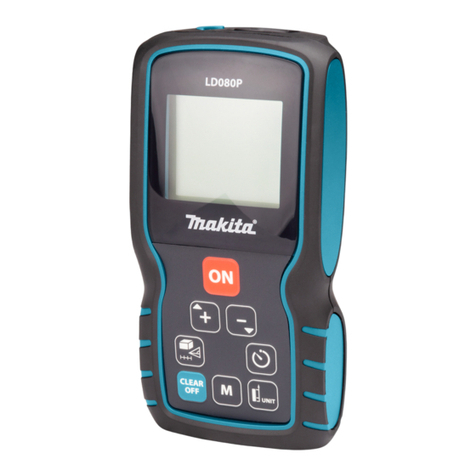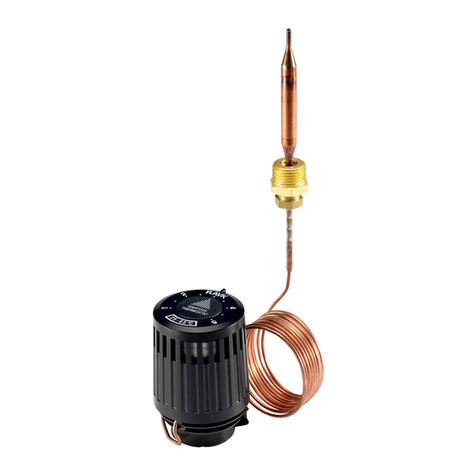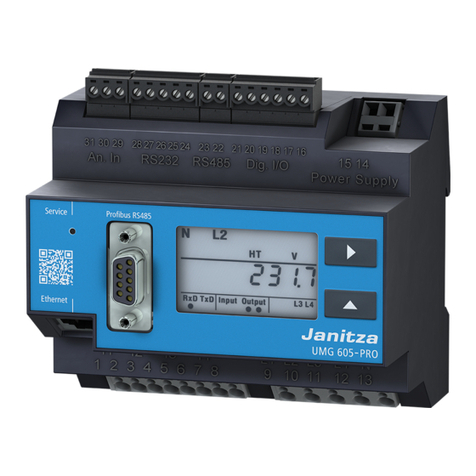Tecfluid M21 User manual




















Other manuals for M21
1
Table of contents
Other Tecfluid Measuring Instrument manuals

Tecfluid
Tecfluid LS Series User manual
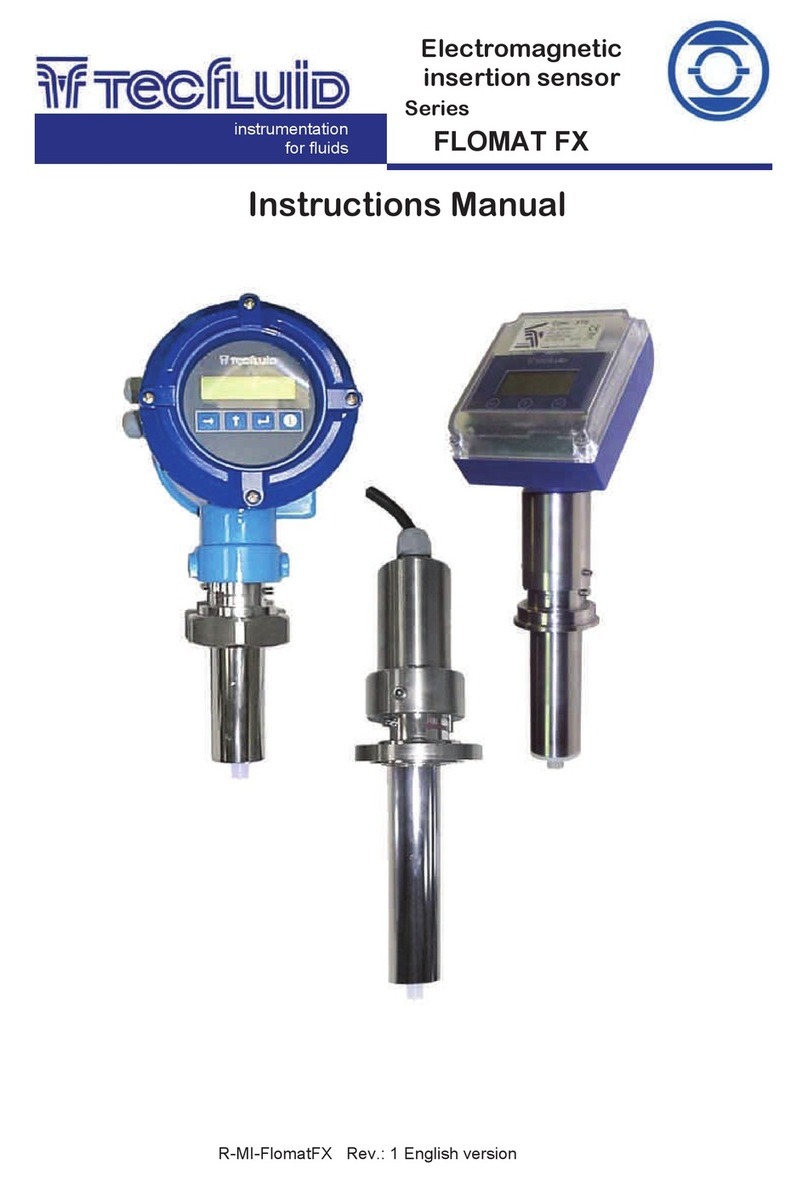
Tecfluid
Tecfluid FLOMAT FX FlomatFX User manual
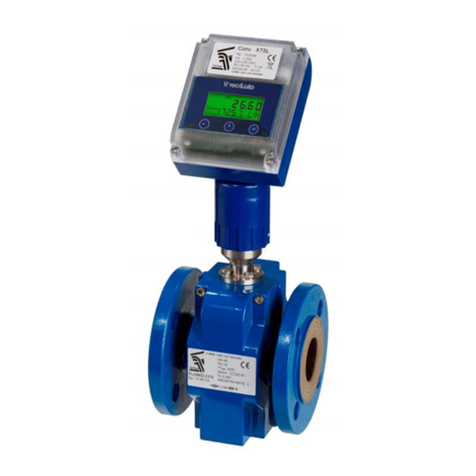
Tecfluid
Tecfluid FLOMID Series User manual

Tecfluid
Tecfluid LTDR series User manual
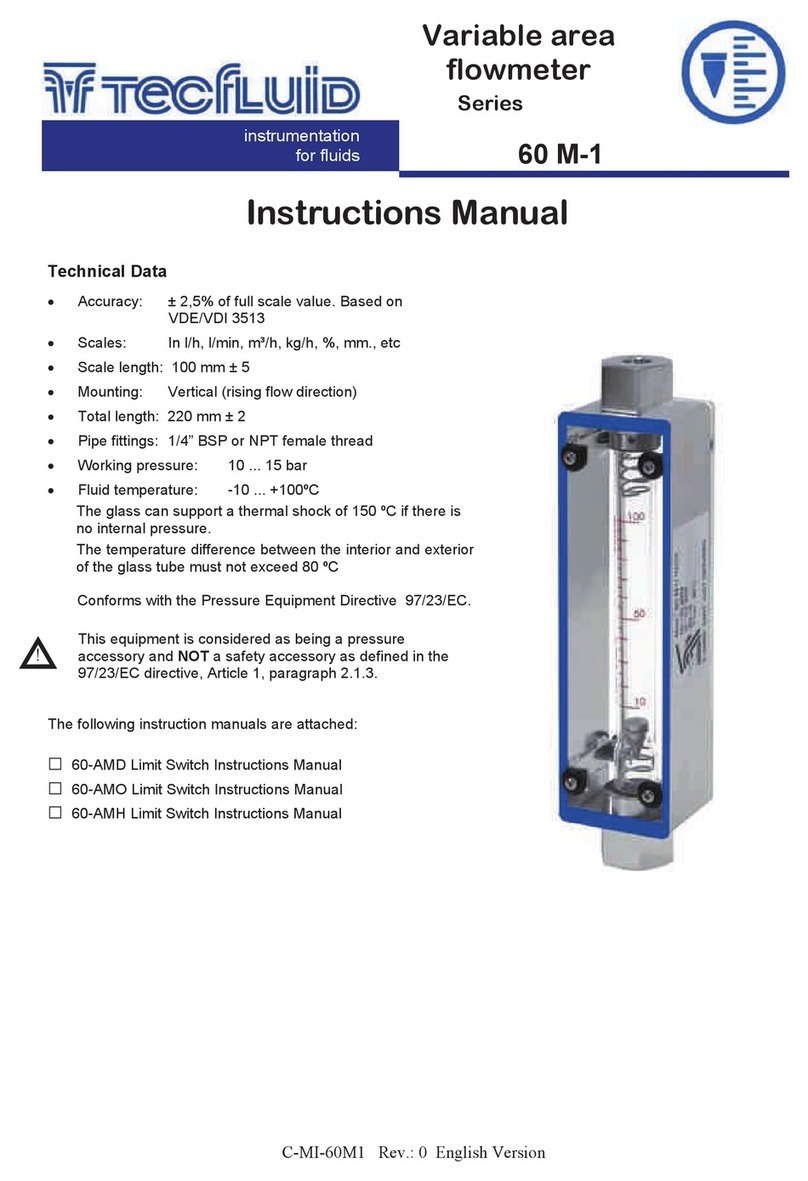
Tecfluid
Tecfluid 60 M-1 Series User manual
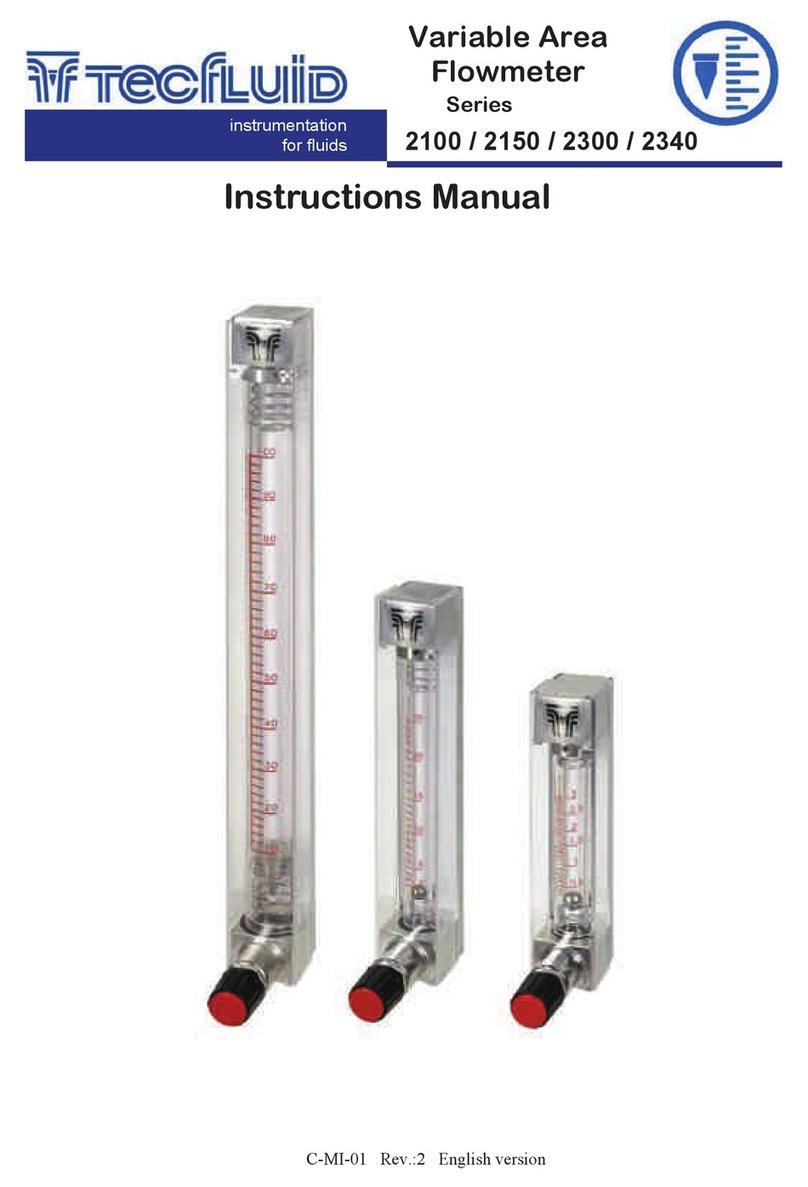
Tecfluid
Tecfluid 2100 Series User manual
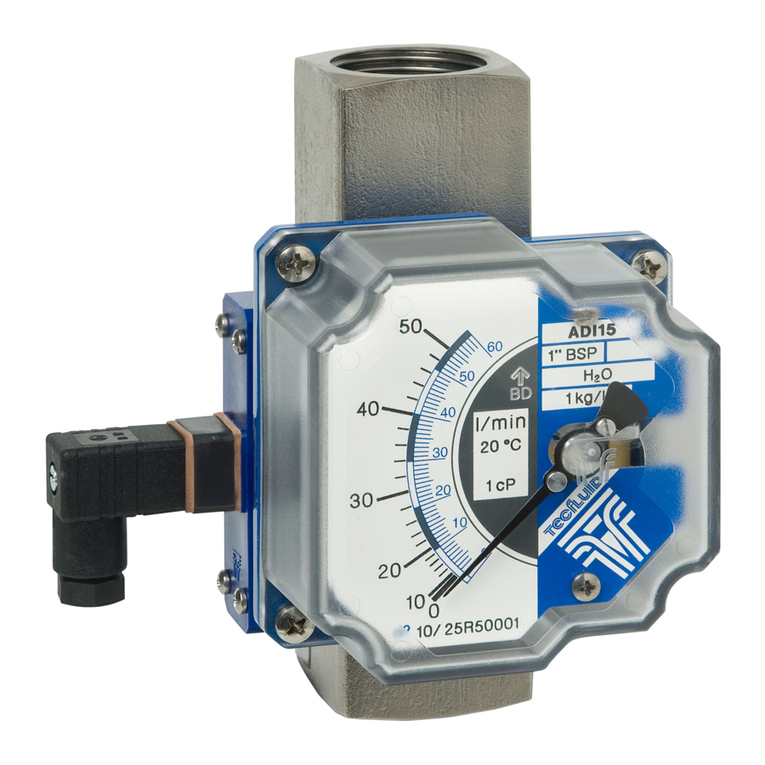
Tecfluid
Tecfluid AD Series User manual
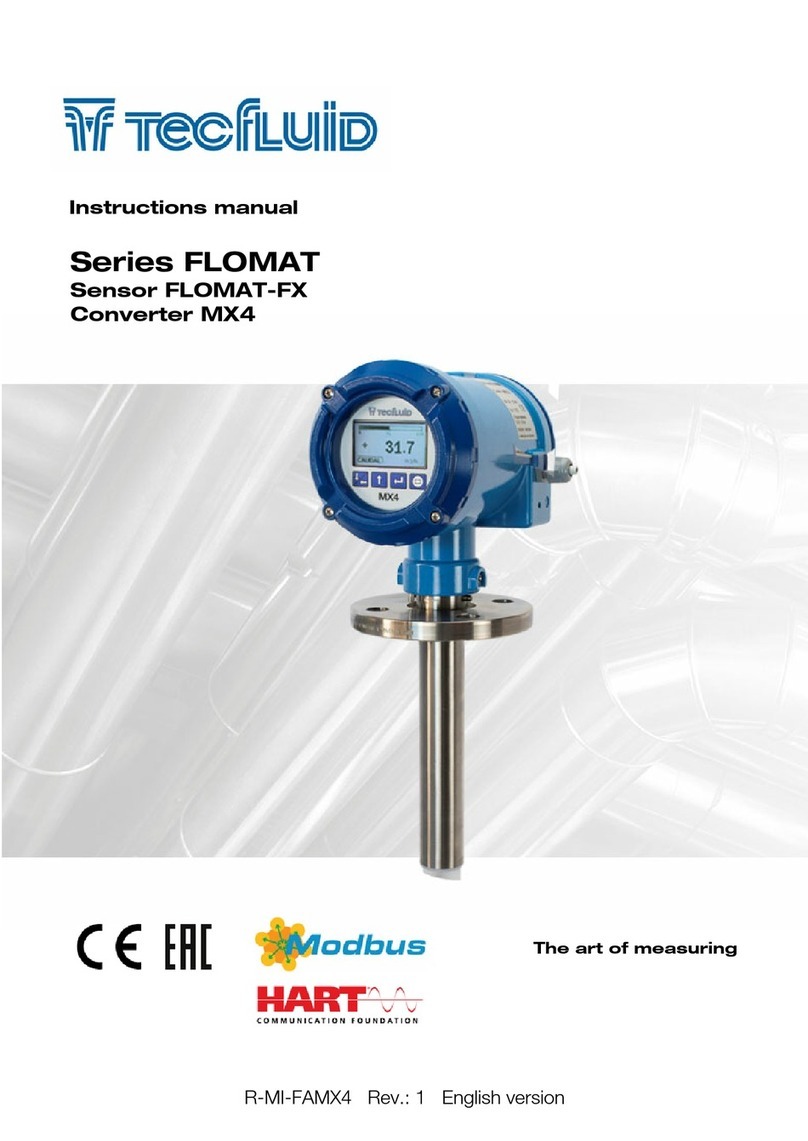
Tecfluid
Tecfluid FLOMAT Series User manual
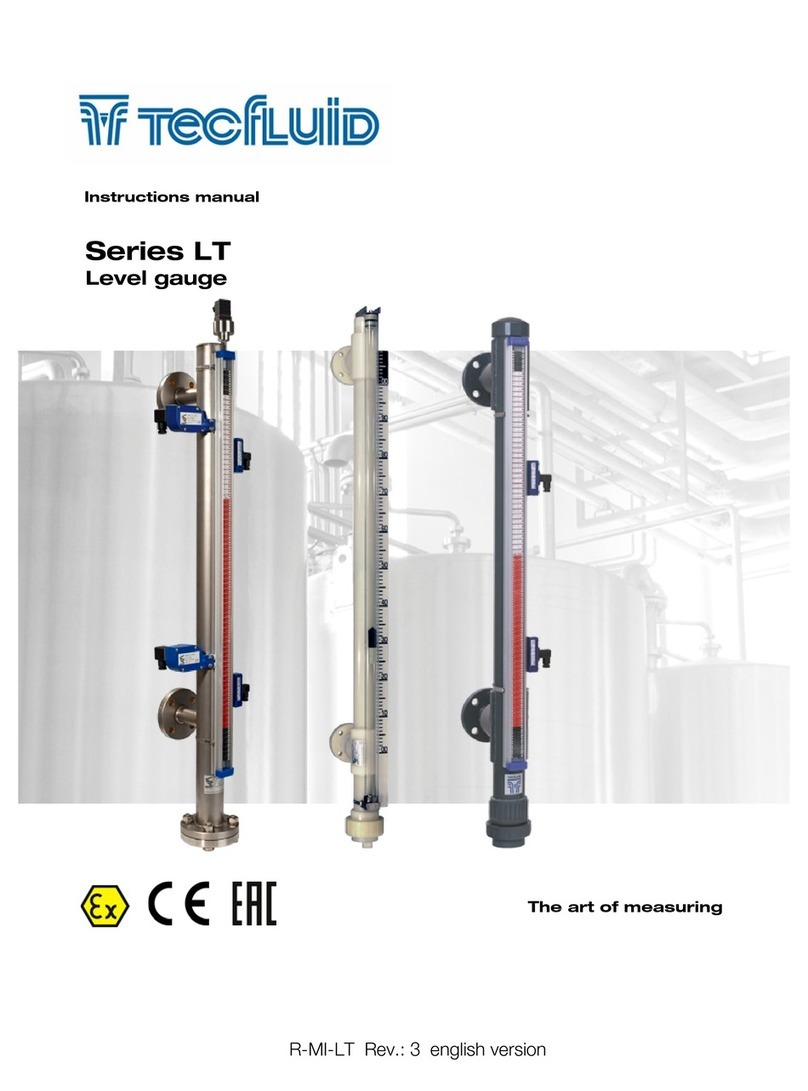
Tecfluid
Tecfluid Series LT User manual

Tecfluid
Tecfluid FLOMID Series User manual
Popular Measuring Instrument manuals by other brands

techem
techem Compact V e ames MID operating instructions
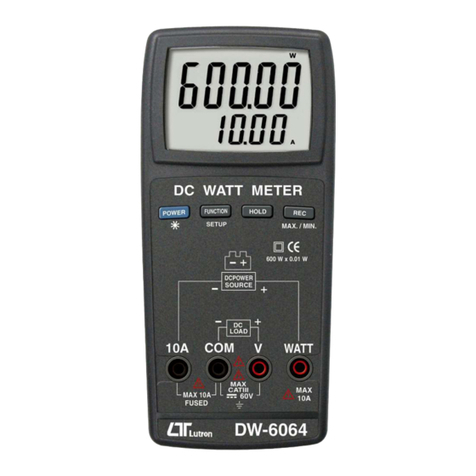
Lutron Electronics
Lutron Electronics DW-6064 Operation manual
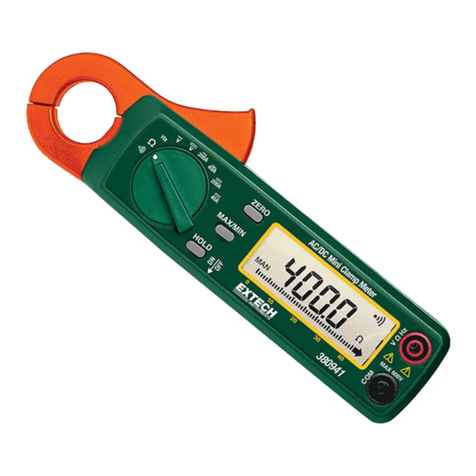
FLIR
FLIR Extech 380941 user guide
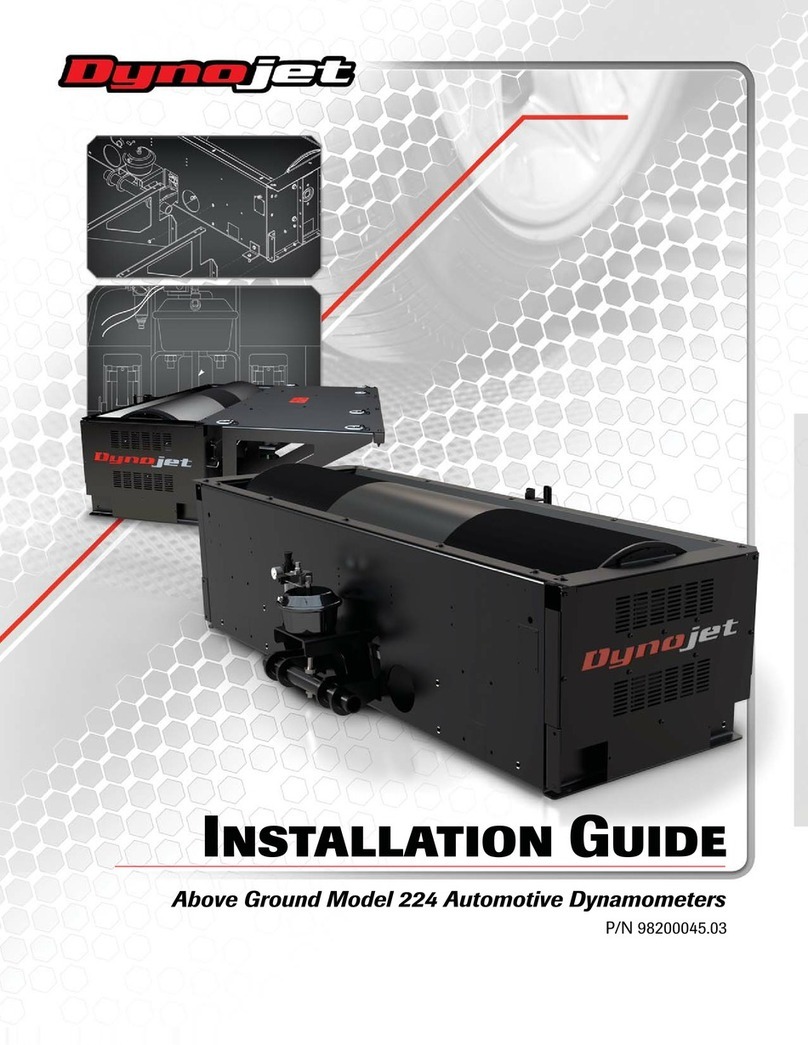
Dynojet
Dynojet 224 installation guide
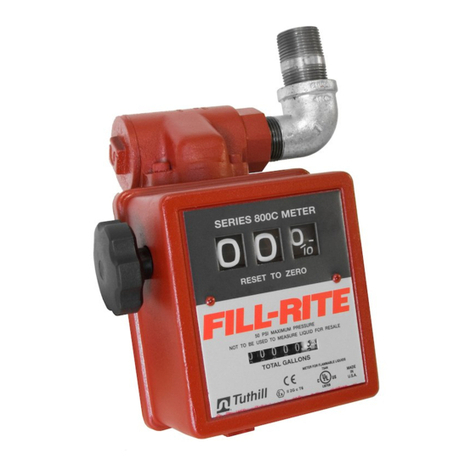
FILL-RITE
FILL-RITE 806C Owner's operation & safety manual
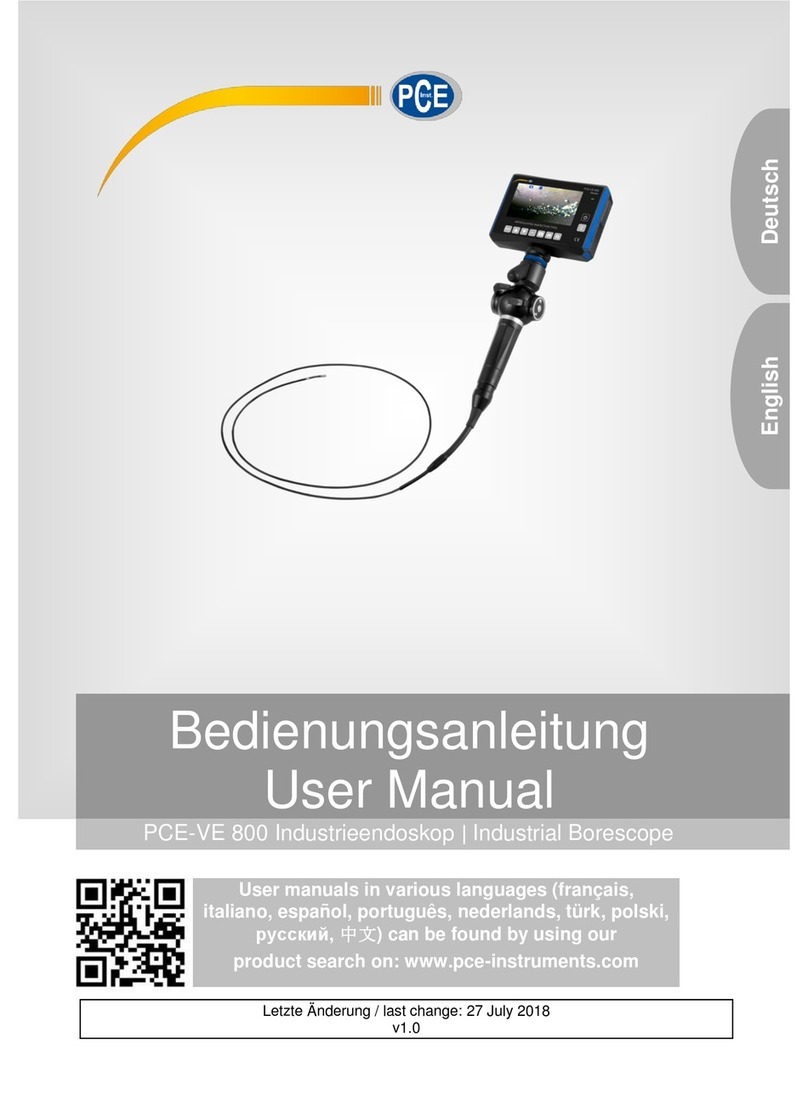
PCE Health and Fitness
PCE Health and Fitness PCE-VE 800 user manual

Thermo Scientific
Thermo Scientific SOLA II user guide
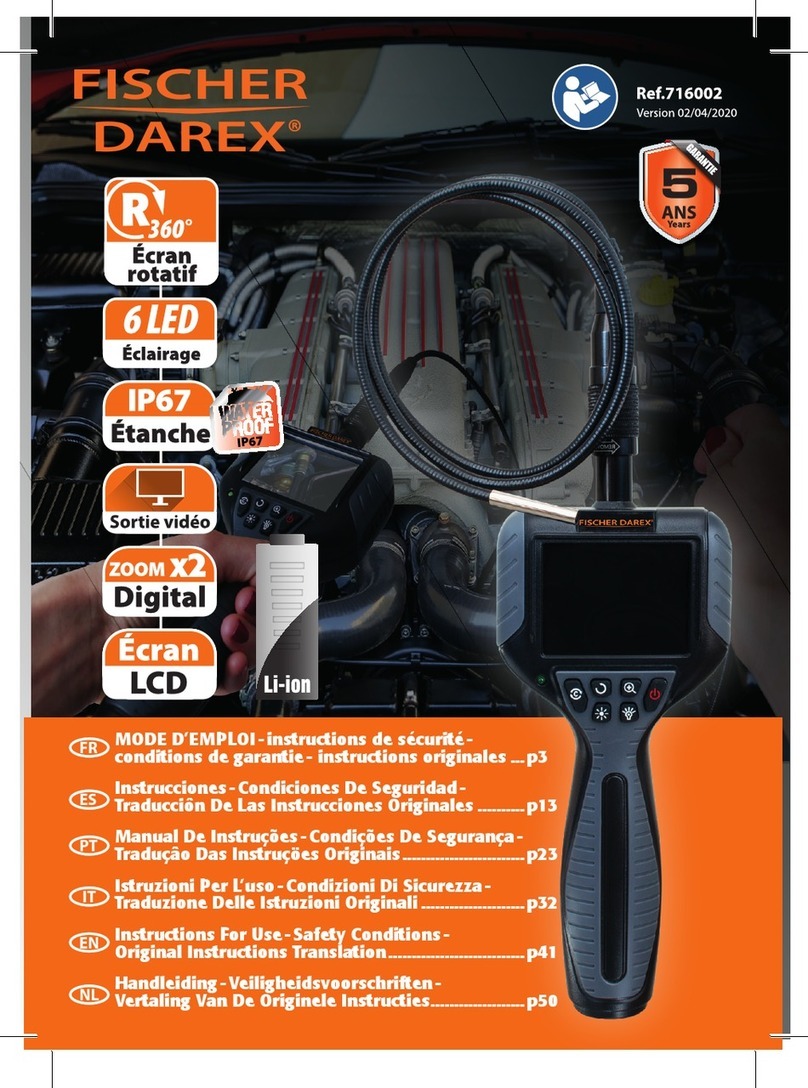
FISCHER DAREX
FISCHER DAREX 716002 Instructions for use

Milwaukee
Milwaukee Smart PH Meter user manual
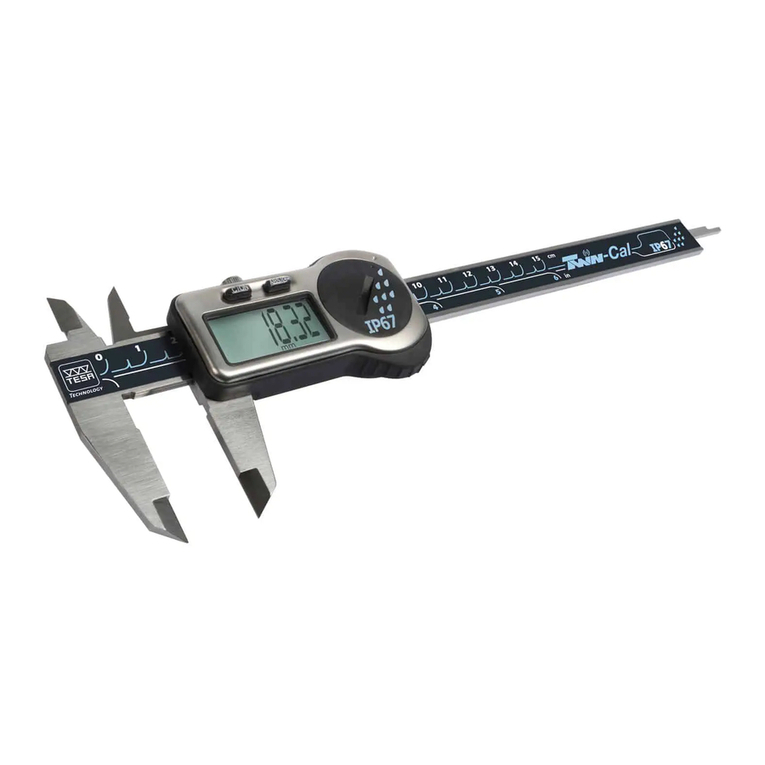
Hexagon
Hexagon TESA FMS Series instruction manual
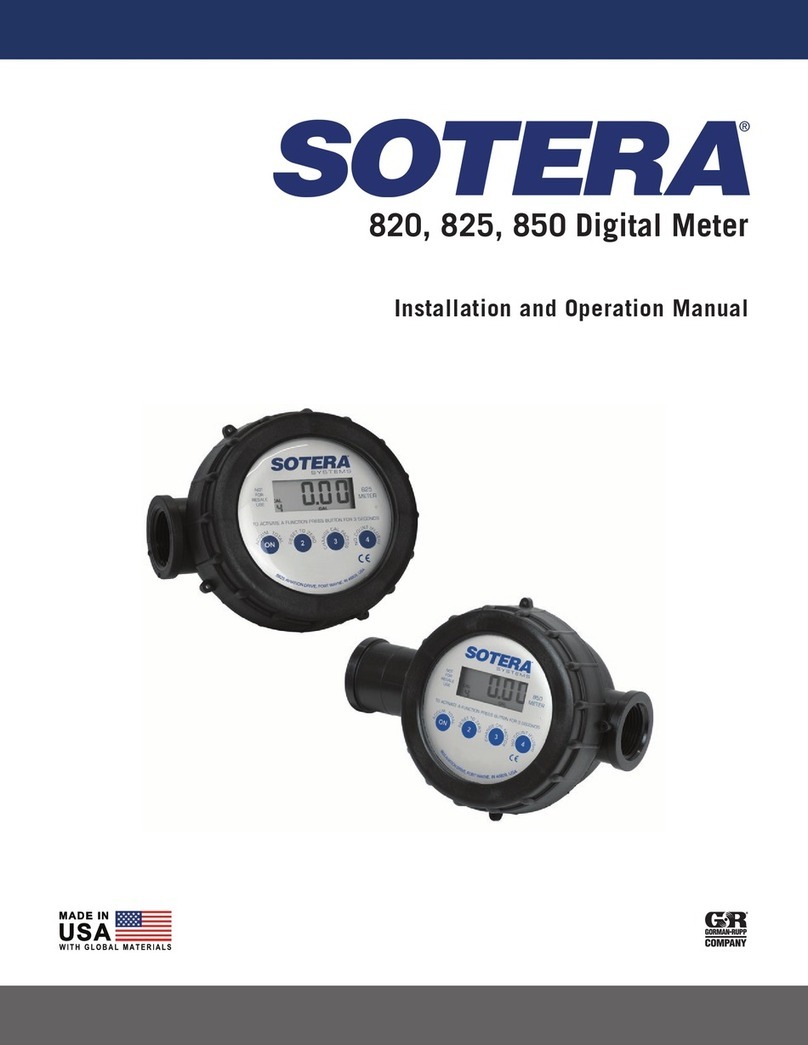
GORMAN-RUPP
GORMAN-RUPP SOTERA 820 Installation and operation manual
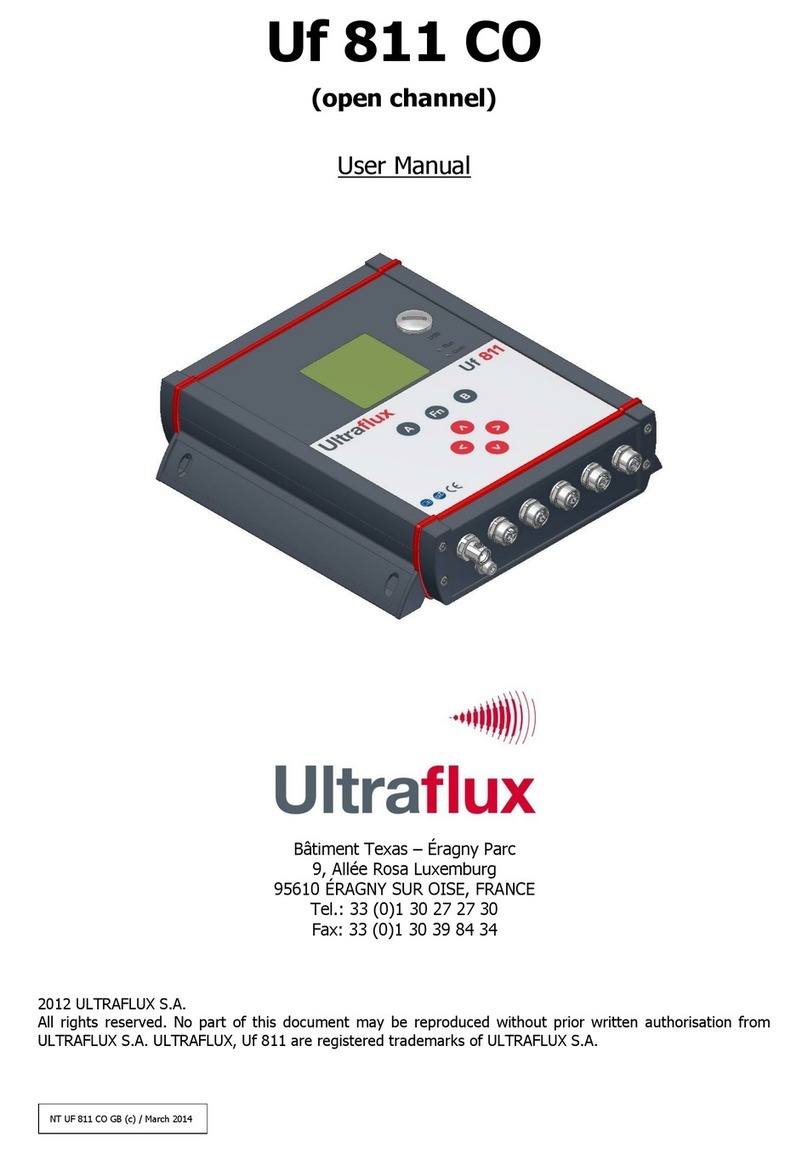
Ultraflux
Ultraflux Uf 811 CO user manual


